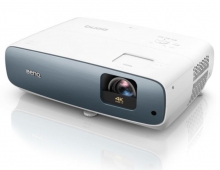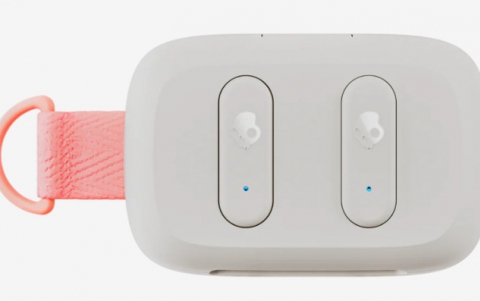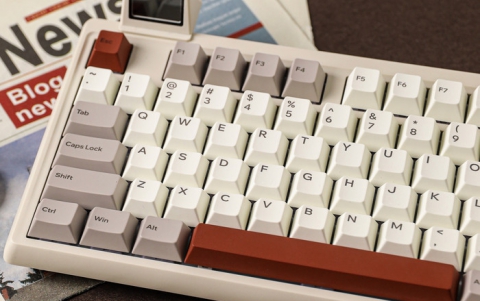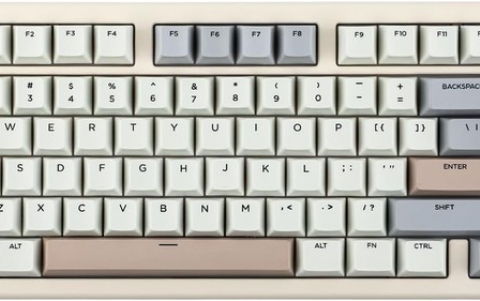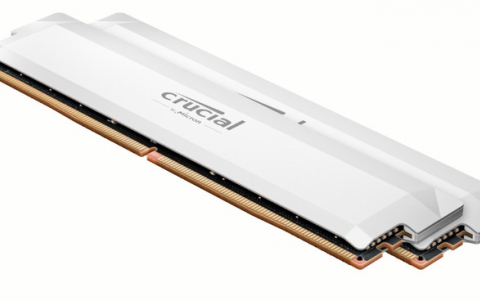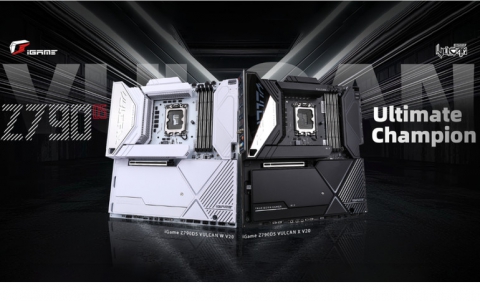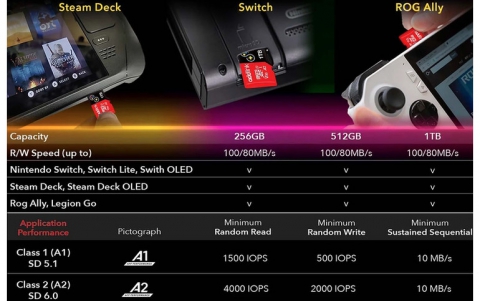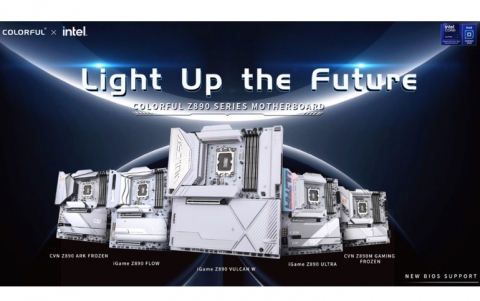BenQ DC C-50
7. Tests - Page 2
Head to head comparison
Below you can find a studio comparison between the BenQ DC C50 and the Olympus C-5060 WZ. We have included samples for the lowest and higher ISO settings for each camera. The lens was zoomed to the middle of the range while both cameras were in Aperture priority mode and F5.6. Distanse from the subject was 115cm (+/- 1%). Both cameras were mounted on a tripod and the shutter was released by the in-camera timer.
Low ISO performance
- BenQ DC C-50: Aperture Priority mode F5.6, ISO 100, Fine Quality, Manual White Balance, Default Image parameters +0.7EV Compensation
- Olumpus C-5060 WZ: Aperture Priority mode F5.6, ISO 80, Super Fine Quality, Manual White Balance, Default Image parameters +0.7EV Compensation
- Lighting: 2x500W Tungsten 3200K studio lamps with diffusion umbrellas
BenQ DC C-50
|
Olumpus C-5060 WZ
|
ISO 100, F5.6, 1/25sec
|
ISO 80, F5.6, 1/25sec
|
 |
 |
1647KB JPEG
|
2237KB JPEG |
 |
 |
It's clear from the crops that the two cameras don't belong to the same category. The C-5060 is clearly superior when it comes to both image sharpness and colour accuracy. The C-50 lags behind in sharpness and contrast as well, so users should consider experimenting with the camera's Sharpness and Contrast adjustments to improve the overall impression.
The C-5060 has the clear advantage as it utilizes both a bigger (in physical dimensions) sensor and a sharper, bigger lens. Moreover, a key to high quality images is the number of diaphragm blades: the Olympus has a well rounded 7-blade iris, while the BenQ engineers where happy with a 3-blade iris. It's easy to imagine that a 3-blade iris cannot form an opening close to a perfect circle and render accurately the details across the image. This could also explain why C-50's seem to be lacking in depth of field, capturing less detail.
Olympus' high sharpness also exaggerates noise. As you can see in the colour patches, the C-50 produces much smoother - and blured - results. This could be explained by the heavy JPEG-compression applied by the camera, which leads to smaller files than the Olympus. In any case, the C-5060's grain-like-noise surely isn't pleasing, considering this camera's price.*
Though colour isn't as accurate as the C-5060's, the C-50s colour reproduction should please the average snapper. Saturation is high, and though it could be reduced by the camera's menu, the overall impression is pleasing. Landscape photographers will be pleased. Also worth mentioning is that the cameras Auto WB setting, estimated the WB point under our 3200K Tungsten lamps much more accurately than the Olympus! That's peculiar considering the huge price gap between these models.
*Some of the grainy-noise is "flattened" because of the recompression of the cropped images. Download the original images for a more objective examination.

